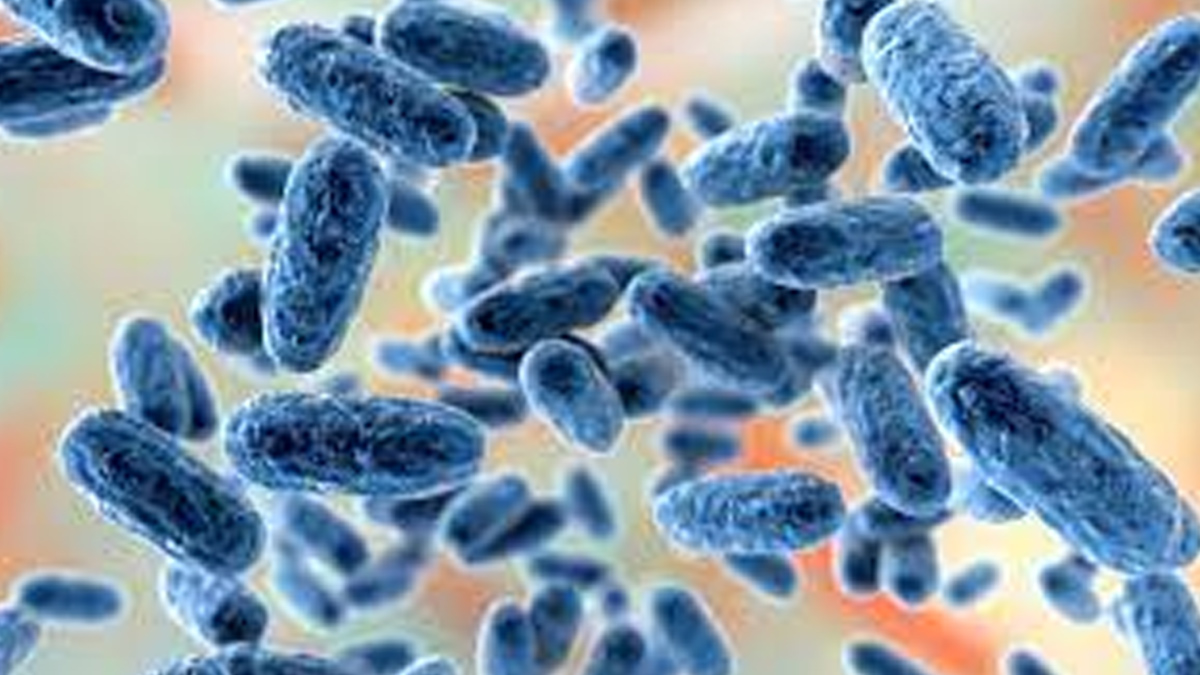-1735217994637.webp)
The United States is witnessing a significant resurgence of whooping cough (pertussis), with cases reaching their highest levels in a decade. According to the Centers for Disease Control and Prevention (CDC), over 32,000 cases have been recorded in 2024, marking a six-fold increase compared to the same period in 2023. This alarming surge has brought renewed focus on prevention measures and vaccination efforts to combat this highly contagious bacterial infection.
Table of Content:-
What is Whooping Cough?
Whooping cough is a bacterial infection caused by Bordetella pertussis. It primarily affects the upper respiratory system and is characterized by intense coughing fits followed by a "whooping" sound during inhalation. The illness can have severe complications, particularly for infants and young children.
The infection often follows a seasonal trend, peaking in fall and winter. Experts attribute the recent rise to several factors, including decreased cases during the COVID-19 pandemic and waning immunity from vaccines.
-1735218134036.jpg)
Why is Whooping Cough Spreading So Rapidly?
Waning Immunity
The protection offered by the pertussis vaccine diminishes over time. While the vaccine is effective in preventing severe illness, its efficacy decreases years after the initial doses and booster shots.
Declining Vaccination Rates
Vaccination rates in the U.S. have seen a decline over the past five years. For example, while over 94% of children born between 2018 and 2019 received at least three doses of the DTaP vaccine, the rate fell to 92.5% for those born between 2020 and 2021. Similarly, the percentage of kindergarteners meeting state-required vaccination standards has dropped below 93%.
Also Read: Deadly Sleeping Sickness: Fever, Psychosis, and Global Spread Risk Explained
Increased Vulnerability
Infants and young children are most susceptible to whooping cough, especially if they are unvaccinated. The infection poses a high risk of severe complications for this age group.
Signs and Symptoms of Whooping Cough
Recognizing the early signs of pertussis is crucial for timely intervention. Key symptoms include:
- Persistent coughing fits, sometimes leading to vomiting.
- A characteristic "whooping" sound when inhaling after a coughing spell.
- Runny nose and mild fever.
- Exhaustion due to prolonged coughing episodes.
- Breathing pauses in infants.
While symptoms often improve after about four weeks, coughing can persist for months.

Preventing Whooping Cough
Vaccination
The most effective way to prevent whooping cough is through vaccination. The DTaP vaccine is recommended for children at the following intervals:
- At 2, 4, and 6 months of age.
- Between 12 and 15 months.
- A booster dose between 4 and 6 years of age.
Also Read: Holiday Brain Fog: Why December Feels Like The Ultimate Year-End Friday Slump
Preteens should receive the Tdap vaccine between the ages of 11 and 12, with additional booster shots every 10 years for adults.
Maternal Vaccination
Pregnant women are advised to receive the Tdap vaccine during the third trimester to protect their newborns.
Family Precautions
Parents and caregivers should ensure they are up-to-date on vaccinations to prevent transmitting the infection to infants and young children.
Bottomline
The resurgence of whooping cough underscores the need for vigilance and proactive healthcare measures. Vaccination, combined with public awareness and timely medical intervention, can curb the spread of this preventable disease. By staying informed and adhering to vaccination schedules, families can protect themselves and others from the risks posed by pertussis.
Also watch this video
How we keep this article up to date:
We work with experts and keep a close eye on the latest in health and wellness. Whenever there is a new research or helpful information, we update our articles with accurate and useful advice.
Current Version